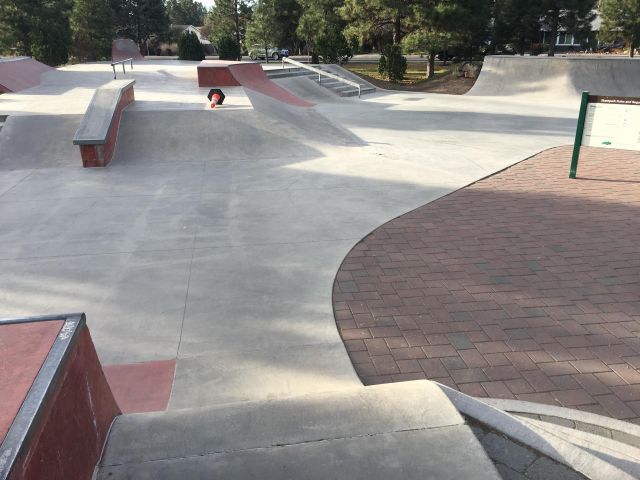Editorial: Do Bend’s water conservation plans go deep enough?
Published 5:00 am Friday, April 19, 2024

- Water use
Bend’s new rebate program for ripping out turf and replacing it with something more water friendly has been so popular it is already kind of sold out.
If you are interested, don’t give up yet. A new round of funding for the program kicks in on July 1.
Trending
It’s just one of many initiatives the city is working on in water conservation. But looking at climate change, declining groundwater and population growth, we have to wonder if they all will be enough.
A new conservation initiative that Bend is preparing to launch are code changes. If approved, new development in Bend will face stricter rules for water conservation. No turf grass would be permitted in the public right of way. Only high efficiency irrigation would be permitted in the public right of way.
The plan is not to make that retroactive. It would be for new development.
Landowners often have a strip of land that they may consider their own property that is actually the public right of way.
It may be that because the requirements will apply there, the same water wise approach will be followed across the property.
The difference in water use can be significant. The city tested it.
Trending
“Neighborhoods that had a xeriscaped-type landscape and drip irrigation or some other high-efficiency type irrigation used roughly 15 gallons per square foot” per year, Dan Denning, the city’s program manager for water conservation, told us. “Similarly the same size lot with a heavy turf dominance used 34 gallons per square foot.”
Of course a difference of 19 gallons doesn’t sound like much. It is when you multiply the potential impact per square foot across Bend.
Bend also has a water conservation goal. Set in 2020, the 20-year goal was to reduce water use by 7.9 billion gallons by 2040. The city is tracking it by looking at gallons per capita per day for the total water service population. That’s at 157 gallons per capita per day. In order to reach the 7.9 billion gallons by 2040, the city needs to get its water use to 143 gallons per capita per day.
“Conservation is a long-term process,” Denning said. “Rebates help. Rebates are nice. The education and the behavior change of how we use water is a long-term goal. That takes everybody’s buy-in.”
Some cities in the West have had to already make drastic, mandatory changes.
“We might never have to go to a curtailment or a mandatory type situation as in some other places,” Denning said.
Everyone in the Deschutes Basin can either start making choices to better conserve water or the lack of water will dictate choices.
If you want to go in the deep end, you can read more about Bend’s water plans here: tinyurl.com/Benddeepwater.
If you want to stick to the basics on conservation, look here: tinyurl.com/Bendwatershallow.








